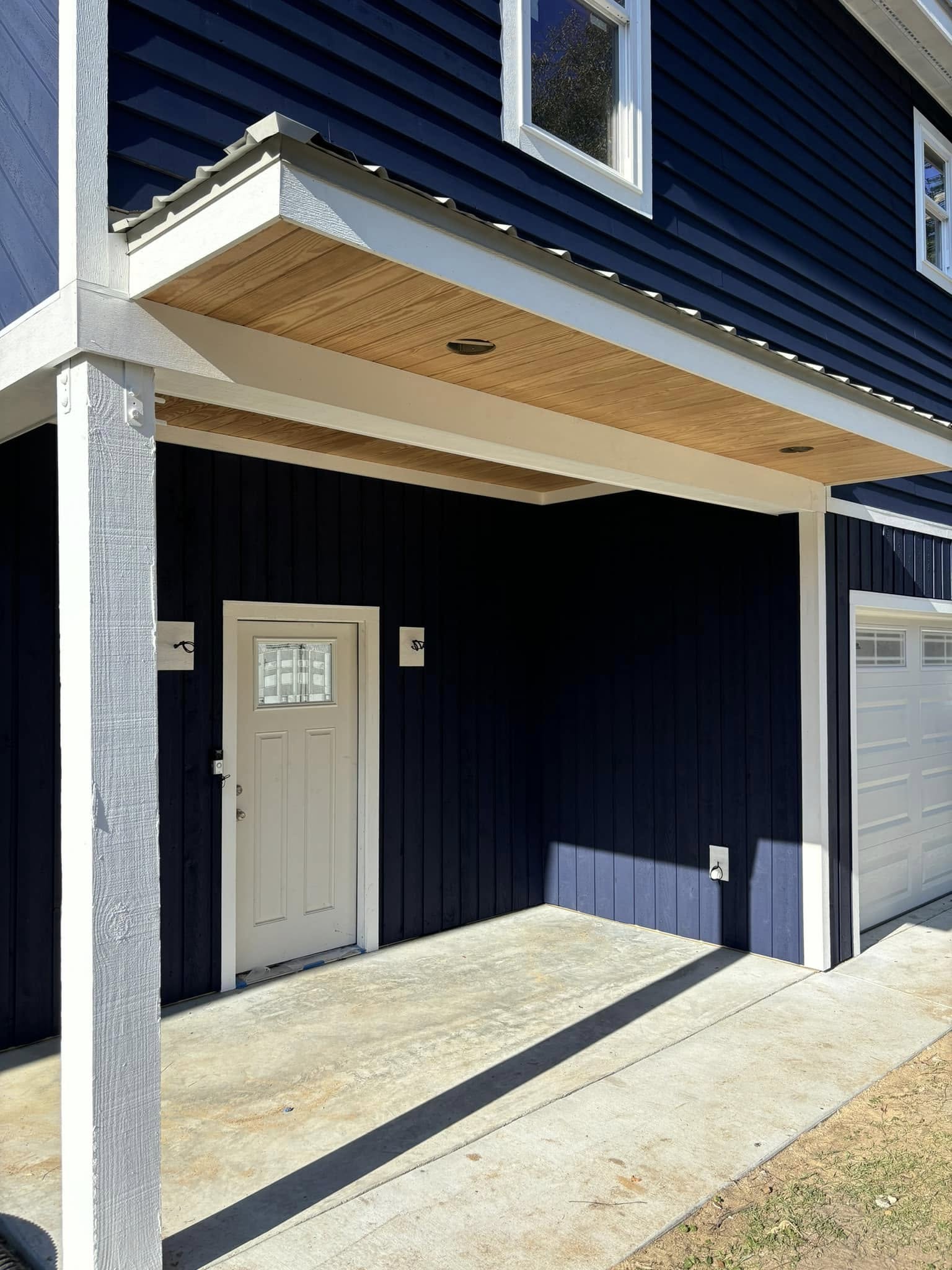
Expert Tips for Seamless Interior Color Transitions Sep 16, 2025
When designing your home’s color palette, consider how each room or space connects and flows into the next. This involves understanding the color wheel and choosing hues that complement each other. One method is to pick a core color and then use variations of that hue across different rooms, which maintains a sense of unity throughout the space. For instance, if you choose a soothing blue for the living room, consider a lighter shade of blue or a contrasting yet harmonious color like soft gray for adjacent areas.
Lighting plays a crucial role in how colors appear, affecting the overall perception of your space. Natural and artificial lighting can change how colors are seen at different times of the day. For this reason, test paint samples under various lighting conditions to see how they interact before making a final decision. Duffett Brothers Painting recommends painting swatches on walls and observing them at different times to select the most suitable color transition for your home.
To achieve naturally flowing color transitions, consider architectural elements such as moldings and doorways. These can serve as boundaries where colors change subtly from one space to another. For example, a door frame painted in a muted neutral can effectively separate two contrasting room colors, creating a smooth transition without abrupt divides.
Accent colors can breathe life into a space while offering another level of cohesion between rooms. By strategically placing decorative items like throw pillows, artwork, or rugs that incorporate a color from a neighboring room, you draw subtle connections between spaces. This practice ties various elements together, facilitating an organic flow throughout your home.
The finish of your paint also contributes to seamless transitions. Different finishes can influence the perception of the same color. Matte finishes tend to hide imperfections and provide a softer, more uniform appearance. In contrast, glossier finishes offer a reflective surface that can make colors pop. Knowing when and how to use these finishes can enhance the flow between rooms. Duffett Brothers Painting advises using matte finishes for walls in living areas and semi-gloss for trims and moldings to create a refined, seamless look.
Finally, assess the size and shape of connected spaces. Large, open areas might benefit from tonal transitions where one color gradually fades into another. This technique adds depth and dimension without overwhelming the senses. For smaller or uniquely shaped spaces, maintaining a consistent color scheme might be more suitable. This creates a perception of continuity and can make tight spaces feel more expansive.
In conclusion, executing seamless interior color transitions is a powerful way to enhance the beauty of your home. By considering color compatibility, lighting, architectural details, accents, and finishes, homeowners can achieve a cohesive flow throughout their interiors. Duffett Brothers Painting is here to guide you through every step of the process, ensuring your home not only reflects your personal style but also feels unified and inviting. With these expert tips, your next painting project will be both successful and satisfying.
/filters:no_upscale()/media/eb6accf1-a9d5-448d-8f3d-25870db55bdd.jpeg)
/filters:no_upscale()/filters:format(webp)/media/45ff2389-0458-4f94-a40c-7f1ea8781484.jpeg)